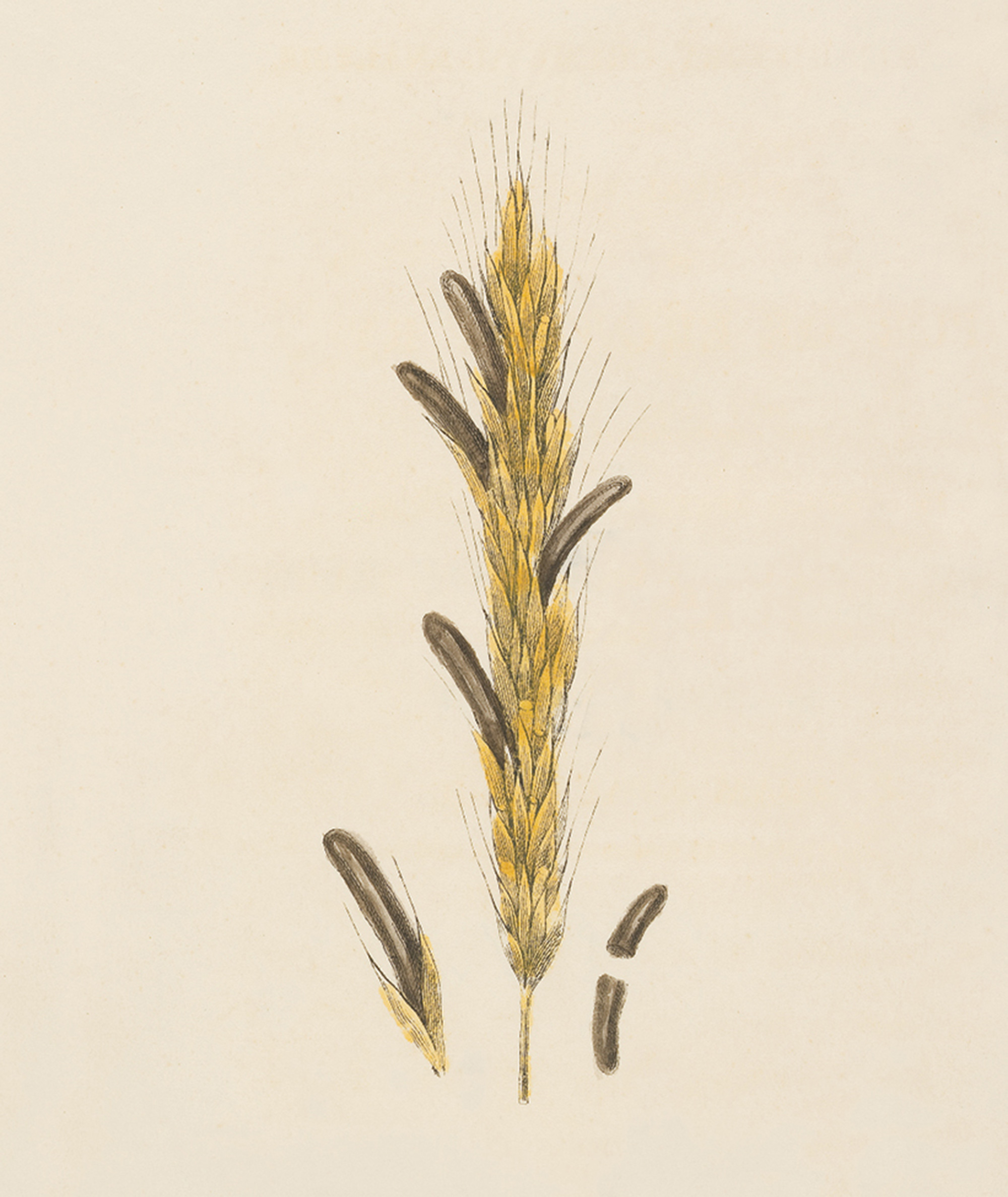The Holy Fire and the Lonely Saint
Helplessness and inner life
Matthew Spellberg
What the modern world calls ergotism was known in Europe for a thousand years by many names, identical in their ferocity but varied in their symbolism, like the banners of a barbarian army. Ignis sacer, read one heraldic device, the holy fire. Ignis gehennae, read another, the fire of Gehenna, the fire of hell. Le mal des ardents, the sickness of the ardent, of the burning ones. St. Martial’s fire, after the saint whose relics dispatched the miracle des ardents of 994 CE in the Limousin. And eventually, above all, St. Anthony’s fire, named for the saint who could heal it and also induce it. Nemo impune peccat in Antonium, read the inscription above the main portal of the abbey that housed his relics—no one sins against Anthony with impunity. Nemo invanum currit ad Antonium, read the second line. No one runs to Anthony in vain.
Ergotism takes its modern name from ergot, the hard, dormant stage, known scientifically as the sclerotium, in the lifecycle of the fungus Claviceps purpurea. It manifests as a conical structure colored purple, gray, or black, and it grows parasitically among the grains of certain cereals, especially rye. The livid prisms, called ergot because they look like argot, a cock’s spur in Old French, flourish when a cold winter is followed by a wet spring, periods when in primitive agricultural societies harvests are poor, and farmers can’t afford to discard blemished crops. Ergot contains a number of potent alkaloids, including lysergic acid, the key ingredient of LSD. Midwives have for centuries known that it can be used to induce uterine contractions.

It was not widely known until the seventeenth century, however, that when baked into bread and consumed in sufficient quantities, the ergot of rye is the cause of St. Anthony’s fire, a terrible series of symptoms leading to permanent injury and, frequently, death. Modern outbreaks have shown that ergot-infected flour is slightly discolored and somewhat oily in texture, but it gives off no distinct odor, and in medieval Europe it probably seemed well within the wide boundaries of the edible, boundaries delineated not so much by ignorance as by a self-reproducing cycle of famine and warfare.[1] In years with a high yield of ergot, tens of thousands were affected.
A person who eats ergotic bread first suffers symptoms of an indistinct illness: a fever and an itching over his body. He may begin to feel an intermittent burning sensation in his limbs. He may plunge them into cold water for relief, and he may not think himself anything more than fatigued by hard work or, if he’s a pilgrim on the way to Santiago de Compostela, by the long walk across southern France in the summer. The first distinctive sign of the ardent sickness, however, comes next. The itching becomes something subtler and more terrible, a light epidermal pattering, the feeling of ants crawling over the skin.